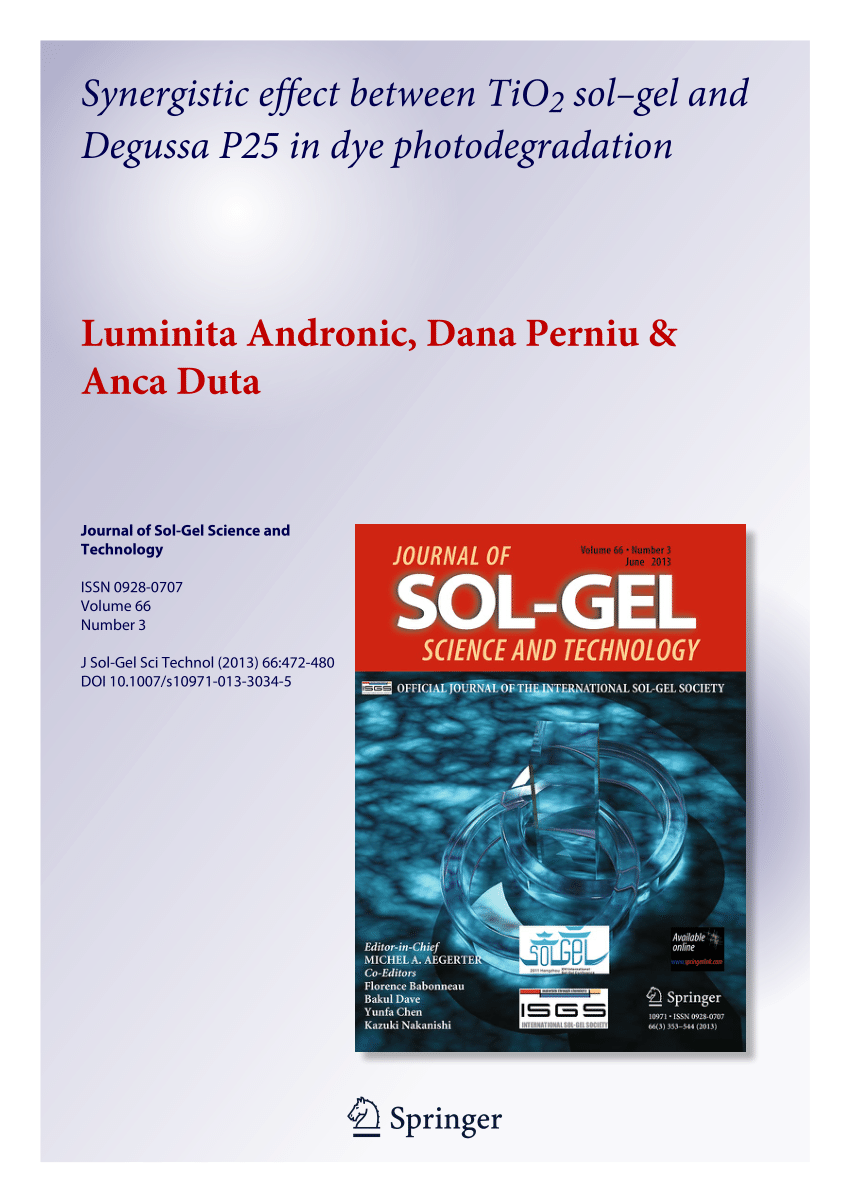Chelating agent assisted BiFeO3 nanostructured material for visible light induced photocatalytic degradation of methylene blue dye
Abstract
Bismuth Ferrite (BiFeO3) nanostructured materials were synthesized by sol-gel method using Ethylenediaminetetraacetic acid (EDTA) and glycine (GL) as chelating agents at different synthesis conditions. The synthesized BiFeO3 (BFO) material was characterized by using Scanning electron microscopy (SEM), X-ray powder diffractometry (XRD), UV visible spectroscopy and Fourier infrared spectroscopy technique (FTIR) for investigating the structural and optical properties. The presence of chelating agents (EDTA and GL) influences the crystallite size, morphology and degradation efficiency of BFO. Analysis by scanning electron microscopy revealed morphological changes of BFO from nanoparticles to multilayered nanosheet-like structures after changing the chelating agent. The XRD pattern indicated the triclinic crystal system of BFO with the co-existence of mixed phases. The average crystallite size measured using Scherrer’s formula for BFO (EDTA) and BFO (GL) was found to be 43 nm and 35 nm respectively. The UV-visible analysis showed that the band gap energy for BFO (EDTA) was 1.86 eV and for BFO (GL) was 2.0 eV. The structural, morphological and optical properties as well as photocatalytic activity were found to be affected by the change in chelating agents. The photocatalytic properties of prepared samples were evaluated by the degradation of methylene blue dye under visible light irradiation. The degradation efficiencies of BFO (EDTA) were found to be 71.42% and 76.66% for catalyst masses of 0.05 g and 0.1 g respectively, whereas BFO (GL) exhibited lower degradation efficiencies of 48.05% and 62.33% for the same masses respectively. These results demonstrate that EDTA significantly enhances the photocatalytic activity of BFO, likely due to improved electron transfer and increased surface reactivity, which means the use of EDTA as a chelating agent for the sol-gel synthesis of BFO makes it a more efficient photocatalyst.
Graphical abstract
Synthesis, characterization, and photocatalytic results of BiFeO3.

 求助内容:
求助内容: 应助结果提醒方式:
应助结果提醒方式:


